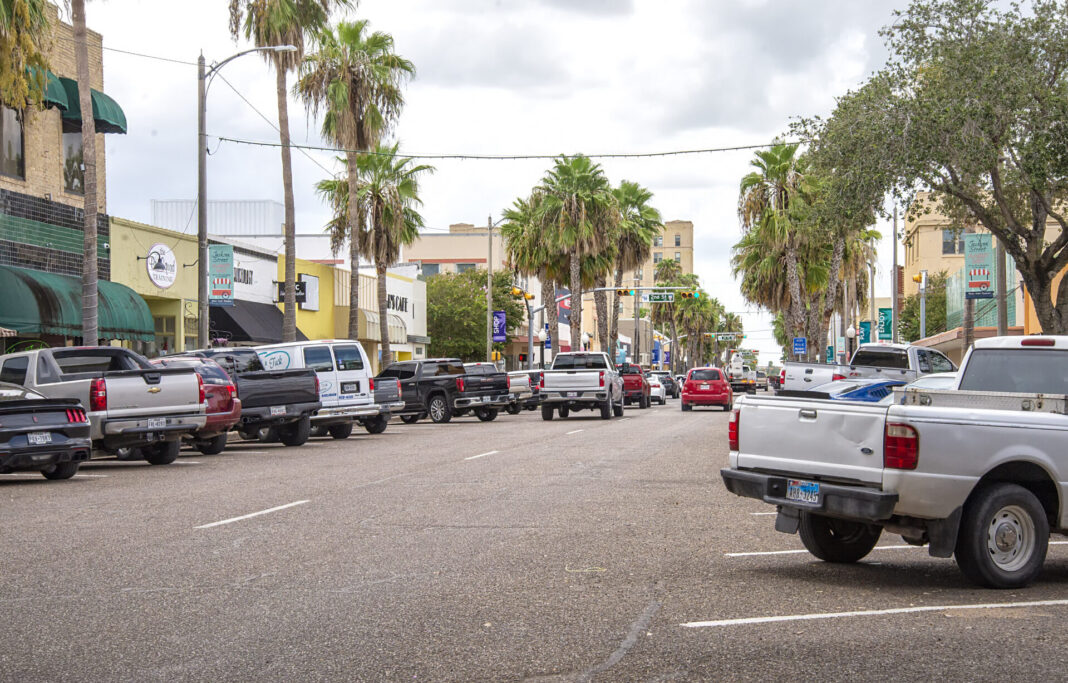For decades the Rio Grande Valley was one of the nation’s fastest-growing regions, with a healthy combination of natural growth and immigration from both the north and the south. Preliminary numbers from the 2020 census, however, indicate that the past decade has been much different.
The data suggest that local officials, who have always had a difficult time getting the attention of decision makers in Austin and Washington with regard to influence and services, likely will face even greater challenges in the years ahead. Expectations of predatory reapportionment by the heavily conservative legislature already has many Valley officials bracing for a weakened voice in the coming years.
Actually, those officials, who have alleged undercounts in the past several census counts, could question whether the Census Bureau complied with President Donald Trump’s order to excise any residents who might be suspected of being here illegally, even though most funding allocations use population numbers to determine the need for resources, and legal status is irrelevant to the use of roadways, electricity and other provisions.
This suggests that Valley residents will have to rely more on their own resources with regard to infrastructure and other matters, and local officials will have to practice greater frugality as they walk the thin line between residents clamoring for services and investment and resistant taxpayers.
South Texas actually did show growth, of 7.4% for the South Texas region as a whole. This was driven largely by Hidalgo, which shows a 12.2% population gain, Cameron County, which grew 3.6% and Starr County, which increased by 8.1%. Willacy County reportedly lost 8.9% of its 2010 population.
That growth pales in comparison, however, in a state that overall grew by 15.3%, most of which was in major metropolitan areas such as the Dallas and Houston areas, which both grew by more than 18%.
There is reason for hope, however. Similar data released by the Texas Comptroller’s Office indicates that South Texas has the nation’s youngest population, with 29.9% of its residents age 18 or younger. These are the people who will build the future.
Among those people, indicators of future success are improving, especially with regard to education. The region traditionally has shown low educational achievement and high dropout rates. However, those numbers should improve; high school graduation rates, which were 82.1% in South Texas, had increased to 90.9% by 2018. In addition, more higher education opportunities have been created in the past decade with greater options in lower grades through rapid expansion of charter and private schools, and additions in higher education with the creation of the University of Texas RGV in 2013, Texas A&M University Higher Education Center in McAllen in 2018 and the UTRGV School of Medicine in 2016.
Those developments in the past decade, augmented by the rapid growth of space technologies and related industries and continued international trade, offer hope that greater economic opportunities are on the horizon. Such developments, it is hoped, will attract new investment, and new residents, and improve the region’s position in future census reports.
RELATED READING:
A new Texas: Census shows shift, and Valley may suffer for it




